Archeologists have recently discovered a huge structure built from thousands of bones of dozens of woolly mammoths in Russia.
It’s the oldest known structure of its kind (25,000 years) and its purpose isn’t entirely clear.
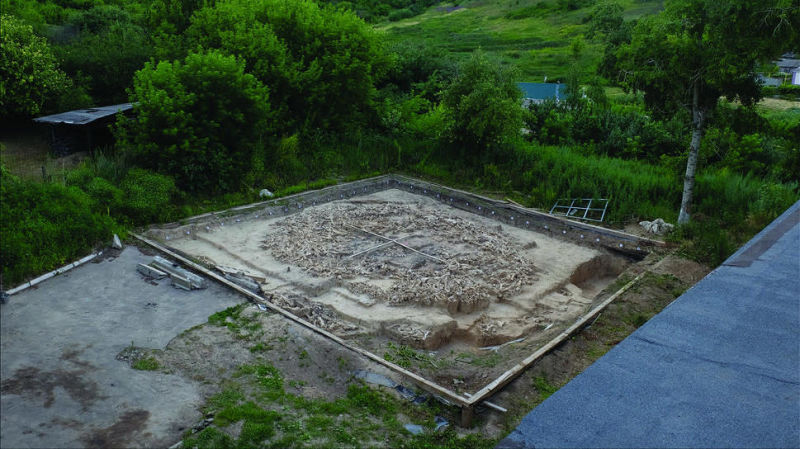
Circular structures made from mammoth bones are surprisingly common in the archaeological record. Most date to around 22,000 years ago and appear across much of ice age Eastern Europe.
Now, archeologists working at the Kostenki 11 site have found the largest and oldest mammoth bone structure in the world:
- It is a 12.5-meter-wide structure (41-foot) made from hundreds of woolly mammoth bones.
- The ancient construction is 25,000 years old.
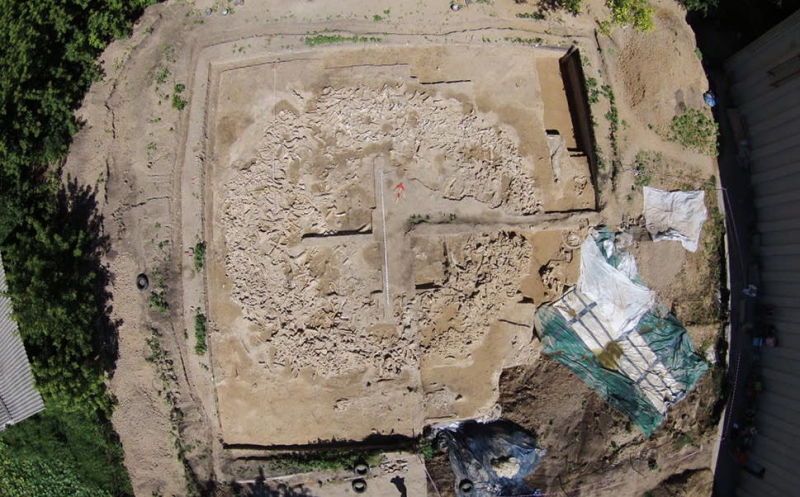
The first time that archaeologists have found a mammoth bone structure at Kostenki 11 was in the 1950s and 1960s. Back in 2013, archaeologists stumbled upon the third structure at Kostenki 11.
Mysterious purpose
These structures are typically surrounded by a series of large pits, the purpose of which isn’t known.
As to the overall purpose of the mammoth-bone structures themselves, that’s also unclear.
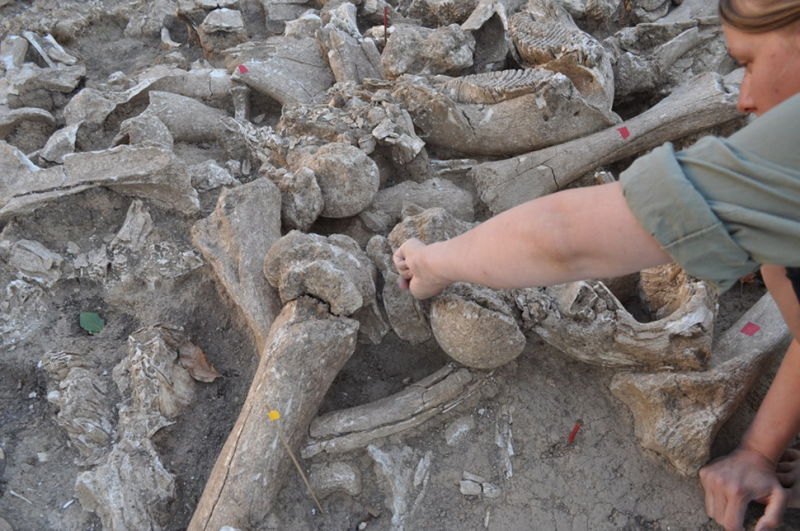
“Other than being explained as ‘dwellings,’ sites of this type have previously been interpreted as having potential ritual significance. However, exactly what this ritual significance might have been is difficult to say from archaeology alone,” said Alexander Pryor, the first author of the new study.
Mysterious mammoth structures
“Sourcing so many mammoth bones, from at least 60 different mammoths, is a significant challenge. These would have been gathered either from recent kills or by scavenging bones from long-dead carcasses found around the landscape. Either way, mammoth bones are really heavy, particularly when fresh, and simply carrying the bones around would have taken an enormous amount of work,” said Pryor.
According to other data collected on-site, the humans who built these structures burned their wood inside.
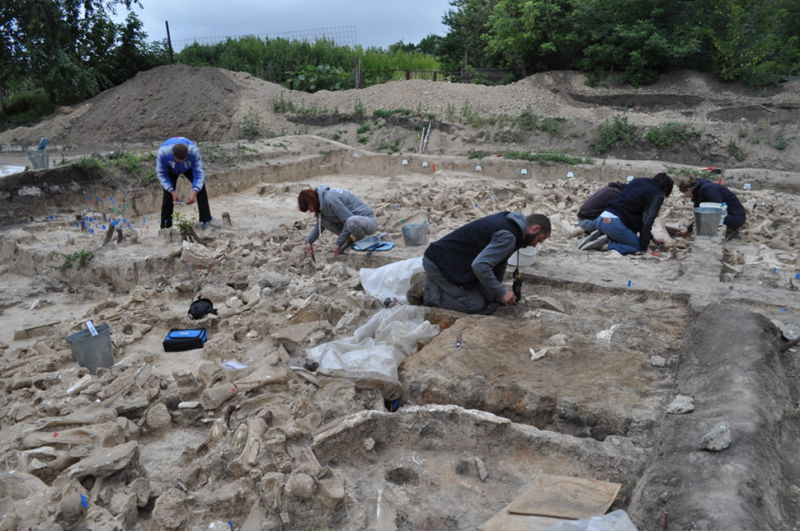
Stockpile
Therefore, the dwelling likely served as a refuge from the harsh ice age winters and possibly year-round. It might have also been a place to store and stockpile food.
If at least some of these mammoths were hunted, this is going to generate a lot of food from each kill. Therefore, preserving and storing that food could be a really significant part of what humans were doing there.
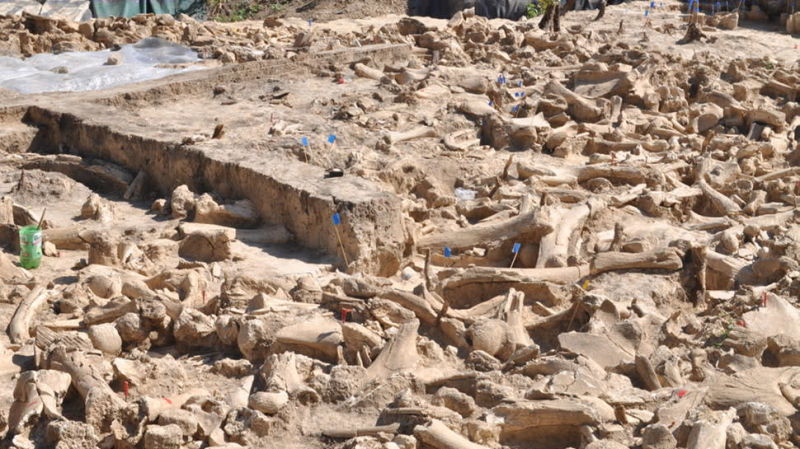
Rituals
The structure might have also carried ritualistic significance. It was maybe some kind of shrine or monument in honor of woolly mammoths. That mammoths held an important spiritual role in the lives of these humans is not a stretch of the imagination.
This new discovery shows that hunter-gatherers were more crafty and strategic than is typically assumed. Instead of mindlessly following animal herds and picking nuts and berries along the way, these humans were actively planning for the future and building structures accordingly.
And stockpiling is exactly what you should do right now because of the coronavirus pandemic! More archeological news on Strange Sounds and Steve Quayle. [Antiquity, Gizmodo]













“”“Sourcing so many mammoth bones, from at least 60 different mammoths, is a significant challenge. These would have been gathered either from recent kills or by scavenging bones from long-dead carcasses found around the landscape. Either way, mammoth bones are really heavy, particularly when fresh, and simply carrying the bones around would have taken an enormous amount of work,” said Pryor.””
Clearly, “Pryor” is an egg-headed know-nothing about construction, prepping, survival, or hunting. Considering that this structure was built (according to them) approximately 25K yrs ago, yet then also writes what I quoted above totally omitting what they think they know of that time period. Have we forgotten that this is the age of polygonal cyclopean masonry walls, temples, retaining walls, dams, pyramids, the cutting of canals through solid rock, etc? Yet this silly archaeologist-type person seems to think they would have a hard time carrying mammoth bones. Whatever. Inconsistent rationale.
Hmmm,
Food storage probably. Perhaps a meat processing area. Maybe the scent of the dead woolly Mammoths drew others from the herd, and made for easy ambush for more meat? That way they wouldn’t have to carry the bones far as they would from the bush?
I saw a video where elephants visit the graves of their fellow elephants.